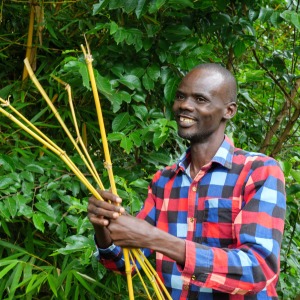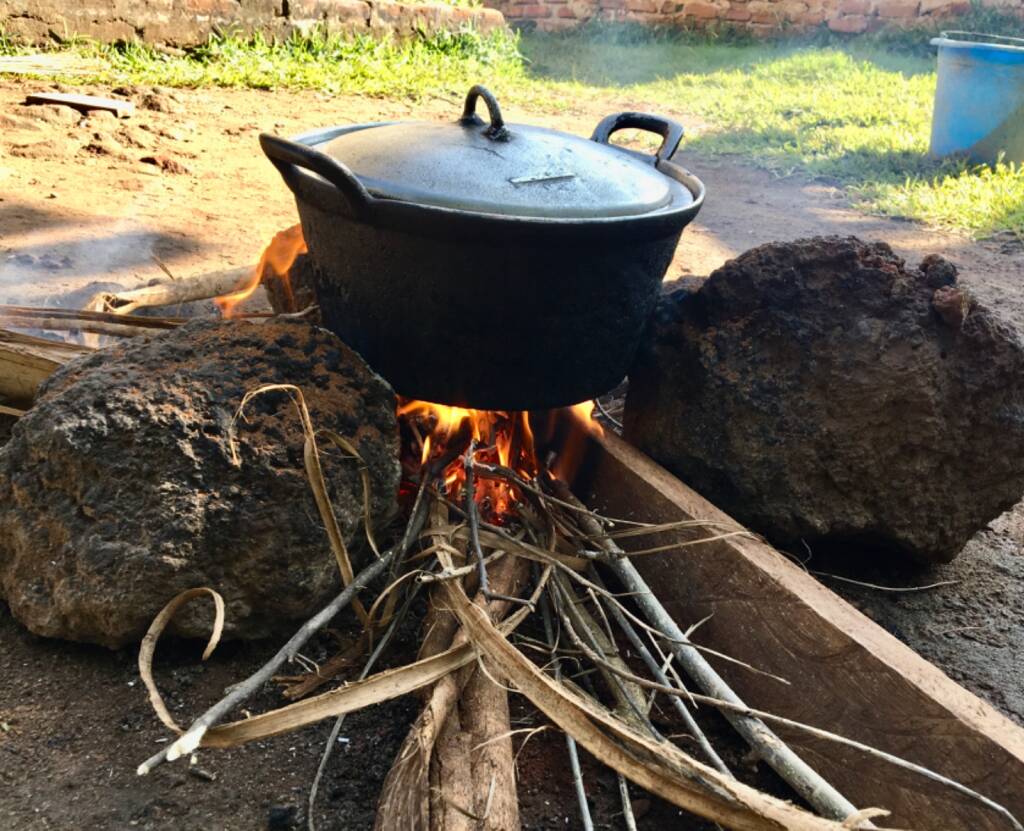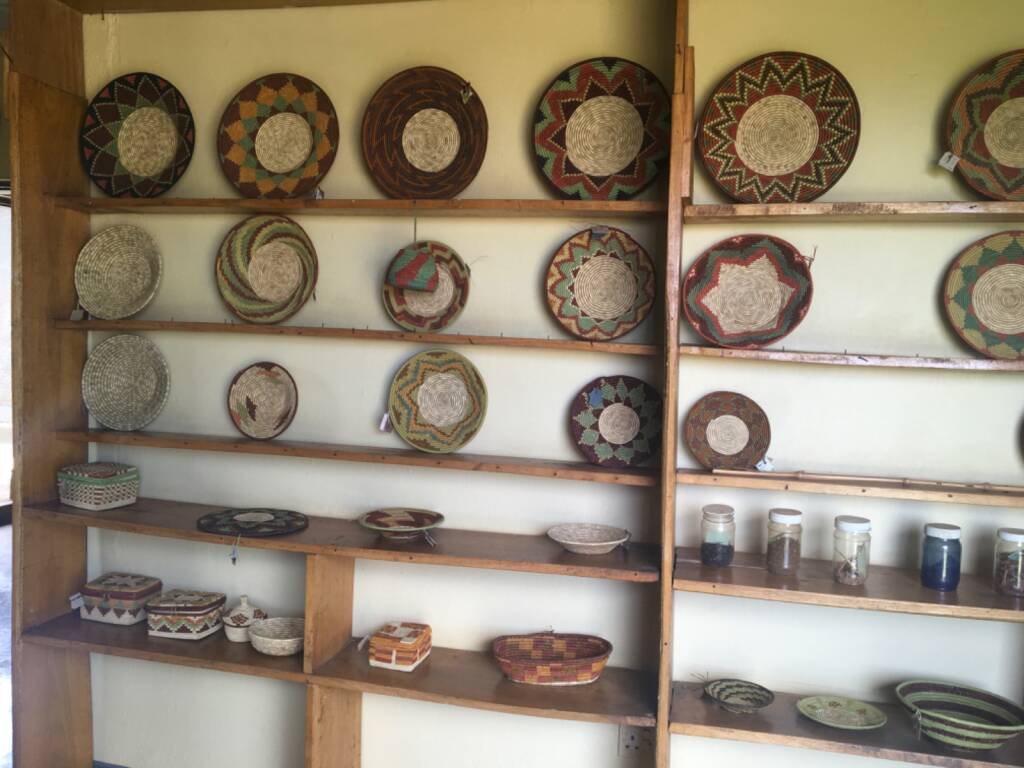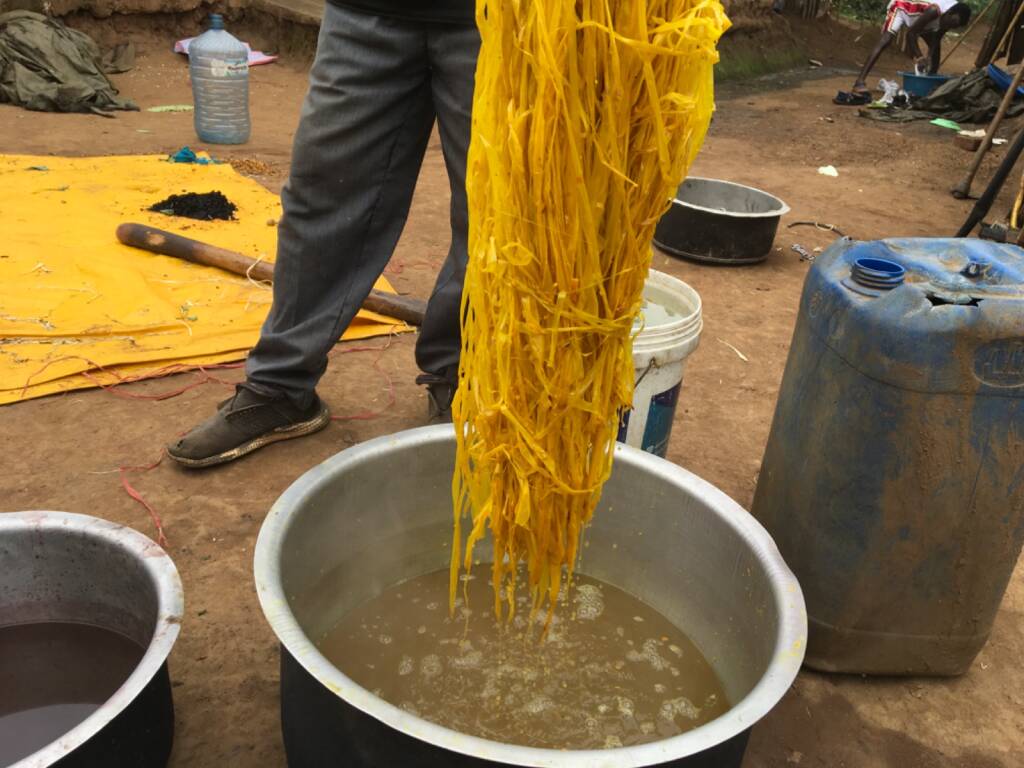Art and Creativity
Lango culture is really great! You know, one of the things I love about the people of Lango is how naturally creative they are. They have this amazing ability to see possibilities in everyday things like making painting brushes from trees. They take simple twigs, some soft fibers from plants, and shape them into brushes that can bring colors and ideas to life. What’s really fascinating is that sometimes we don’t even realize the resources we have around us until we get curious enough to explore. It’s a reminder that nature itself can be an endless source of inspiration if we only take the time to notice. Just walking through the forests or fields there, you start to see that even the smallest branches or leaves can become tools for creativity. It really makes you appreciate not just their art, but the way they look at the world with curiosity, patience, and imagination.

Imat Lango Cooking Stone

Have you ever heard of the Imat Lango cooking stone? It’s one of Lango’s most fascinating traditions. Long ago, it wasn’t just a way to cook, it was a gift from the mother-in-law to the daughter-in-law, welcoming her into the family. The setup is simple but brilliant: three stones arranged in a triangle hold a pot or saucepan steady over the fire, making cooking easier and more efficient.
The name itself is special. In Lango, women are respectfully called Imaki, and Imat refers to a woman. Since it’s the women who carry the tradition of cooking, the stones are named to honor them and these stones are passed down from mother to daughter, generation after generation.
Even today, many households still use the three-stone fire because it works so well. What’s amazing is how versatile it is you can cook all kinds of local dishes on it: Amalakwang, Agira, Agwaca, kwon Lango (Millet Posho) and more. It’s simple, practical, and full of tradition a small setup of stones and fire that carries centuries of creativity, family, and culture.
The Imat Lango cooking stone is more than just a tool; it’s a symbol of heritage, and the incredible creativity of the women of Lango.
Rubona Basket Weavers– Western Uganda

Adventure often leads us to discover new things just like in the village of Rubona in Fort Portal, Tooro region of western Uganda, where a group of women turned a simple tradition into something extraordinary. The Rubona Basket Weavers Association began as a way to survive, but it quickly grew into a craft that carries stories, culture, and resilience.
Using what nature provides, they create their own dyes madder roots for deep reds, indigo leaves for blues, and many other plants. Its so interesting that the region is widely known for basket weaving and dyeing , a special gift that they never get to share so easily. Each weave is not just a product, but a piece of heritage that shows how creativity and sustainability can go hand in hand.
